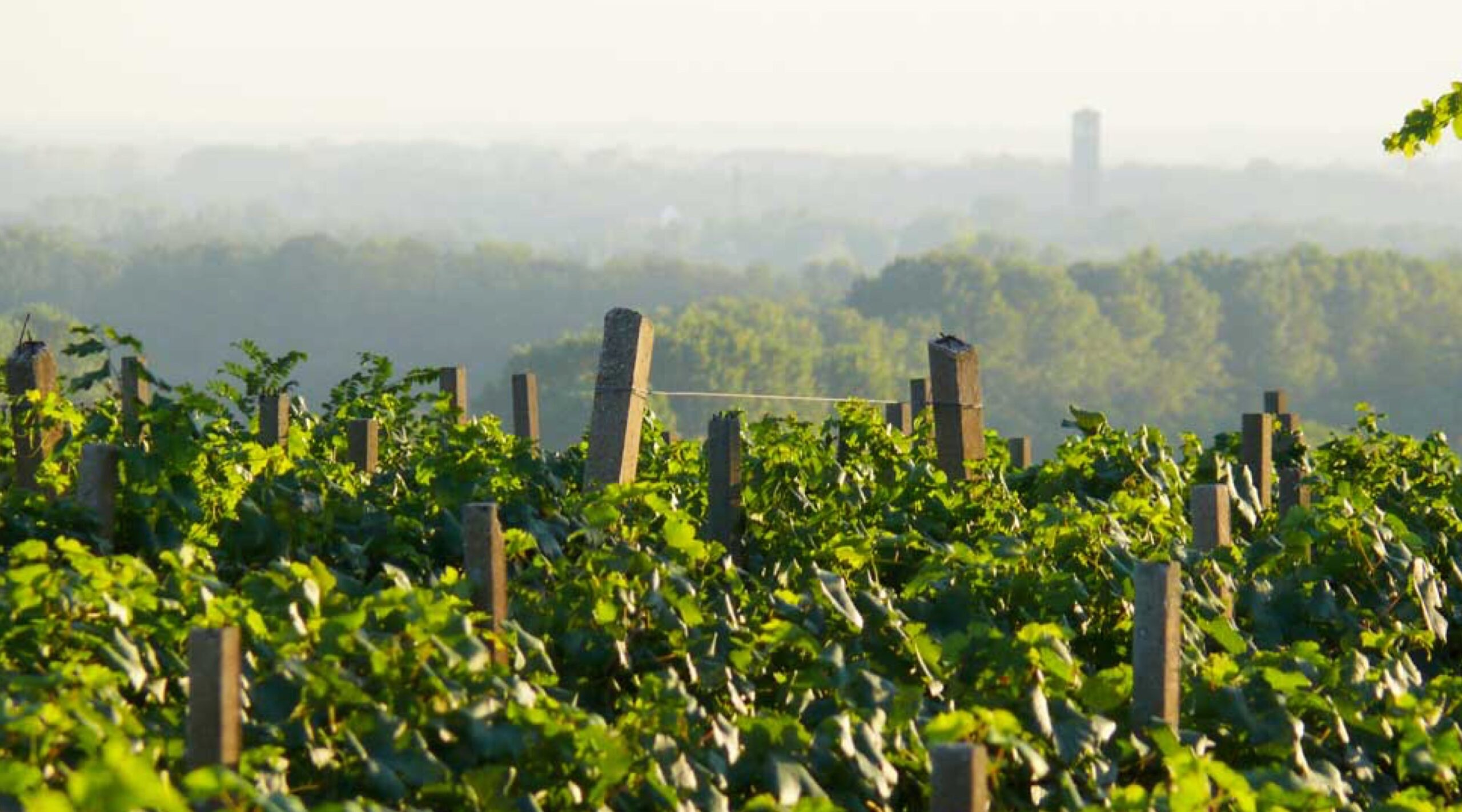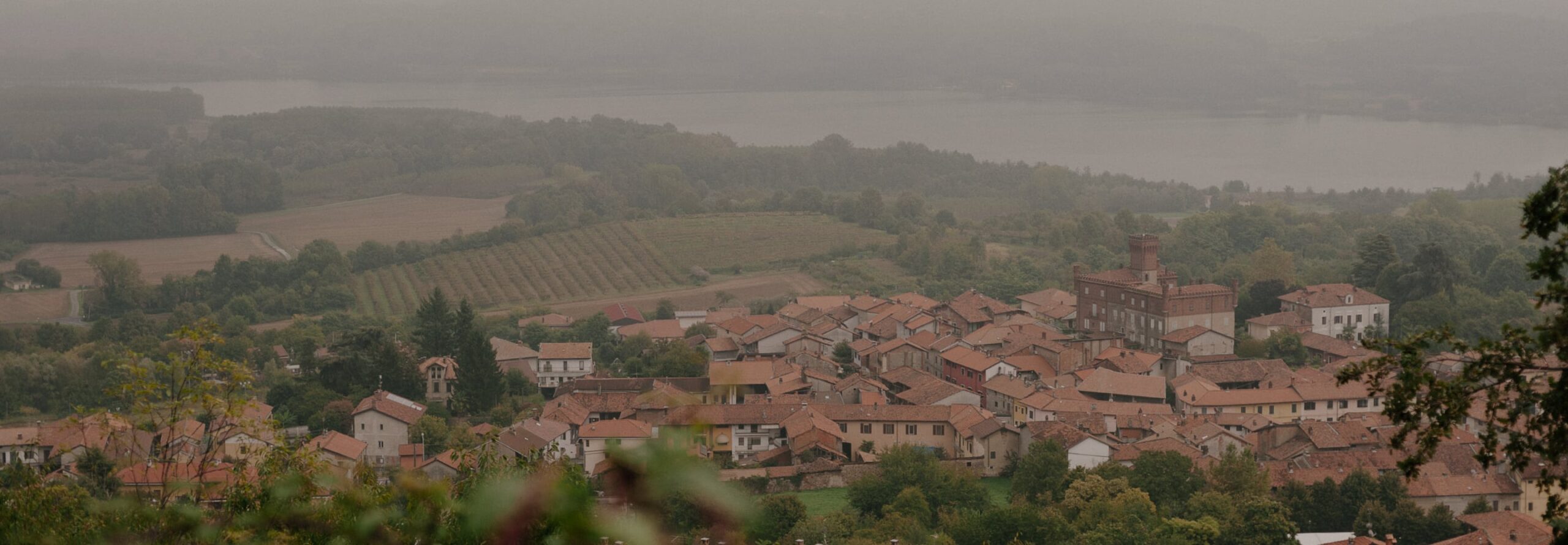Antenello Rovellotti has proudly declared during our visits to his estate that “of the less than 200 people in the world who carry my family name, 66 live in and around Ghemme.” The truly Ghemmese Rovellotti family has inhabited this small fortified town since at least the late 15th century, keeping alive its long tradition of producing some of the Alto Piemonte’s most enchanting and profound wines. The family vinifies and ages its products in a mosaic of tiny underground cellars stacked high with decades-old botti, spread around Ghemme’s Ricetto, a 10th-century central walled compound that protected the townsfolk during times of strife and war.
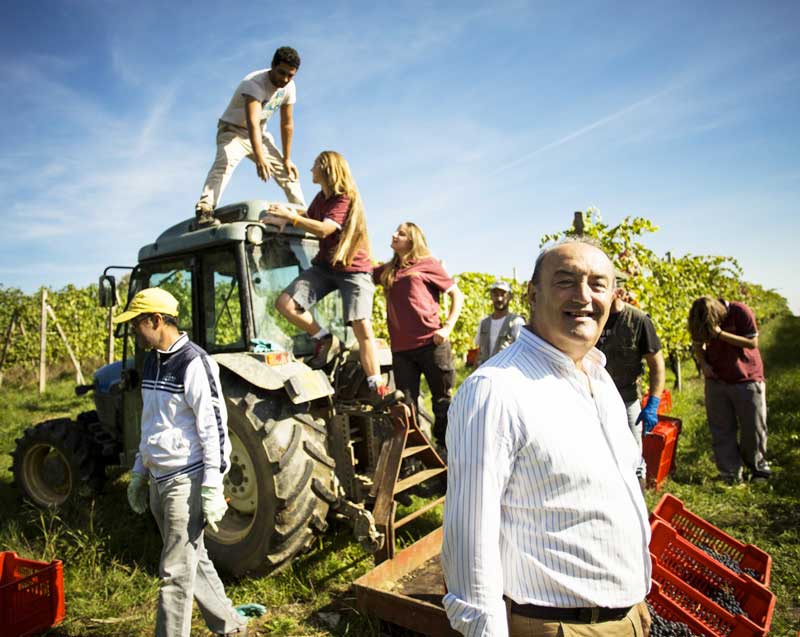
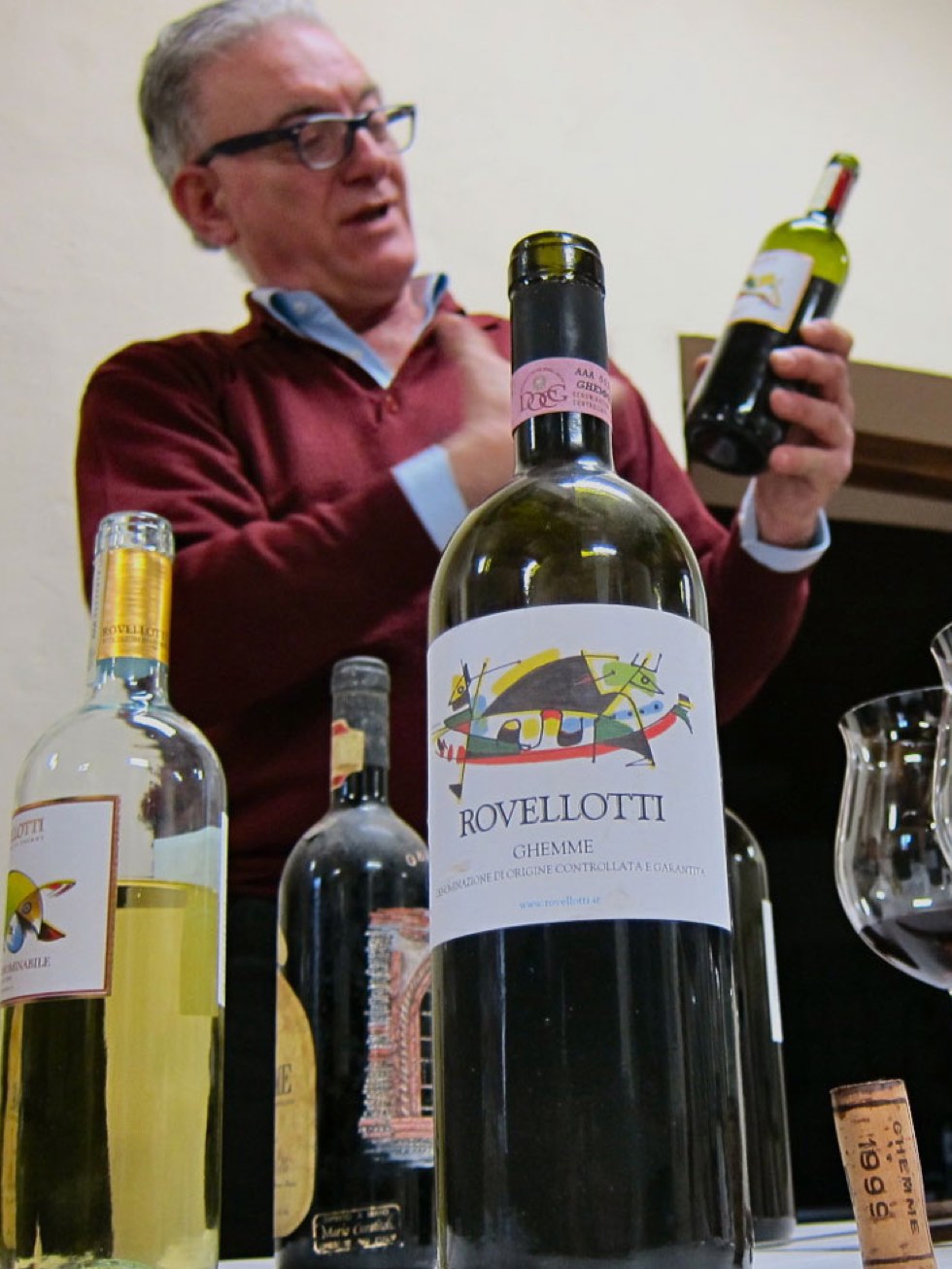
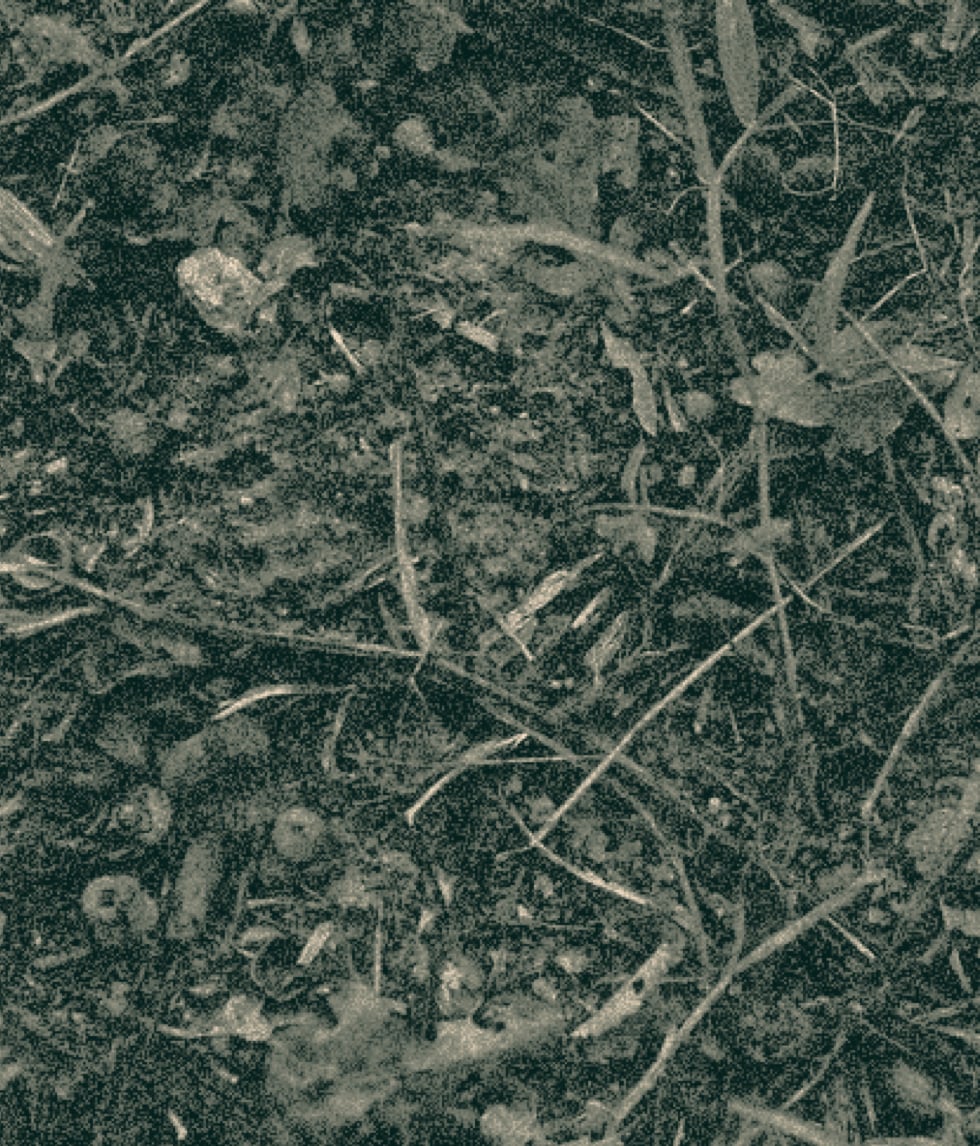
Antenello’s fanatical devotion to his hometown extends beyond his ancient cellars: he has collaborated since the 1980’s with the University of Milan to re-establish the natural environmental and ecological balance of his lands, and eventually strives to use zero chemicals in his viticulture. His fidelity to his vines, the area’s local insects, and to the land itself are a model for vignaioli everywhere. The family’s 15 ha are in Ghemme’s Baraggiola subzone, the southernmost in the appellation, and are among four main parcels: the Valle d’Enrico (planted to the Erbaluce for the family’s Passito), the Valplazza (planted to Nebbiolo bottled as Colline Novarese), the Chioso dei Pomi in Baraggiola’s center (recognized as a prime site since the 17th century and planted to Nebbiolo and Vespolina for the estate’s Ghemme), and the Costa del Salmino (also long-recognized as a prime site and planted to the domaine’s oldest Nebbiolo vines, form the spine of the Ghemme Riserva). Rovellotti’s Ghemme wines, alongwith his other cuvées, shine as some of the brightest stars in this exciting region, brimming with potential and waiting to be discovered.
Farming
Lutte Raisonnée since 1985
Treatments
Herbicide once a year, no other synthetic treatment except for insecticide against flavescence dorée. No synthetic treatments after fruit set
Ploughing
Annual ploughing to maintain vineyard health
Soils
Glacial moraine and acidic red clays
Vines
Planted at 2000-4000 vines/ha and trained in Guyot
Yields
Controlled through pruning, debudding, and an occasional green harvest on Nebbiolo and Vespolina vines, yields average 50 hl/ha
Harvest
Entirely manual, from late September to late October
Sourcing
Entirely estate fruit
Fermentation
Following total destemming, wines ferment spontaneously in stainless-steel tanks. Cuvaison lasts 10-20 days. White wine ferments in stainless-steel tanks with selected yeasts
Extraction
Wines see pumpovers during fermentation
Chaptalization
None
Pressing
Pneumatic pressing
Malolactic Fermentation
Spontaneous, in stainless-steel tanks following alcoholic fermentation
Élevage
36 months in large neutral oak botti from the Swiss Jura, with a handful of neutral, decade-old barriques used for overflow
lees
Wines are racked following malolactic and remain on their fine lees until assemblage prior to bottling
Fining and Filtration
Red wines are unfined and see plate filtration
sulfur
Applied before vinification, at rackings, and at bottling, with 50-75 mg/l total sulfur
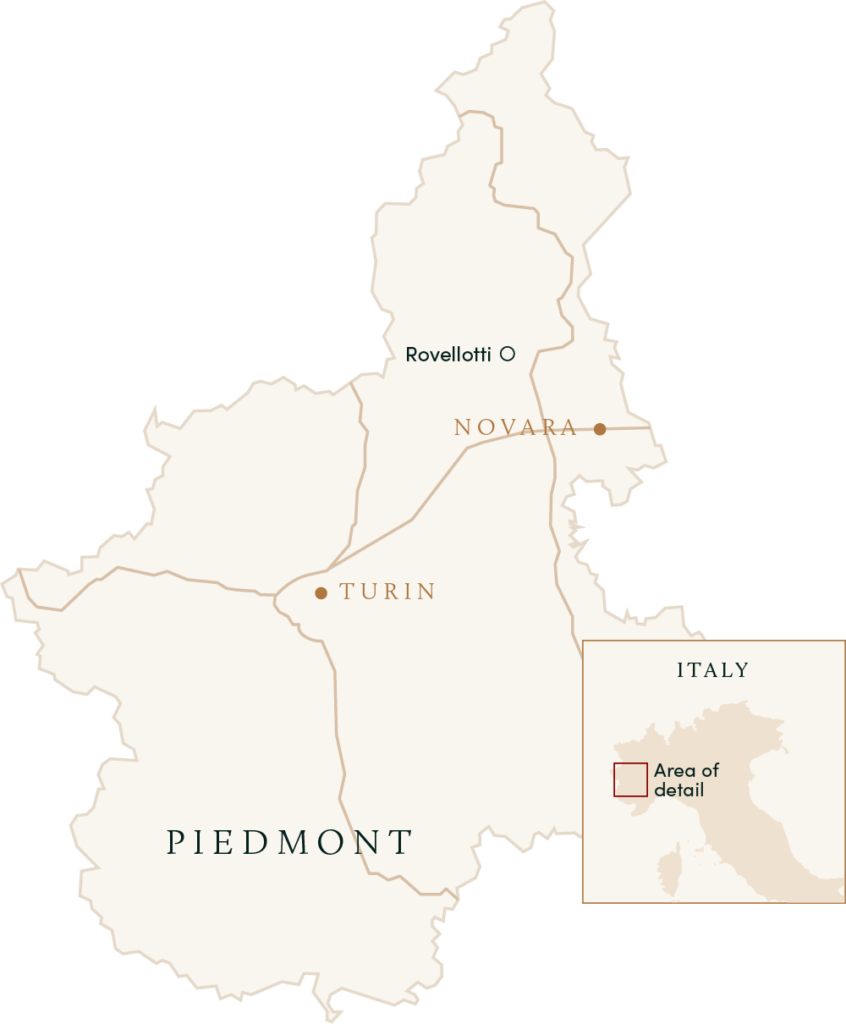
Optional caption text here lorem ipsum
